8 iPhone camera accessories that will enhance your photos and videos
Your iPhone is a multimedia powerhouse, but you can still enhance its photo and video capabilities with these ace accessories
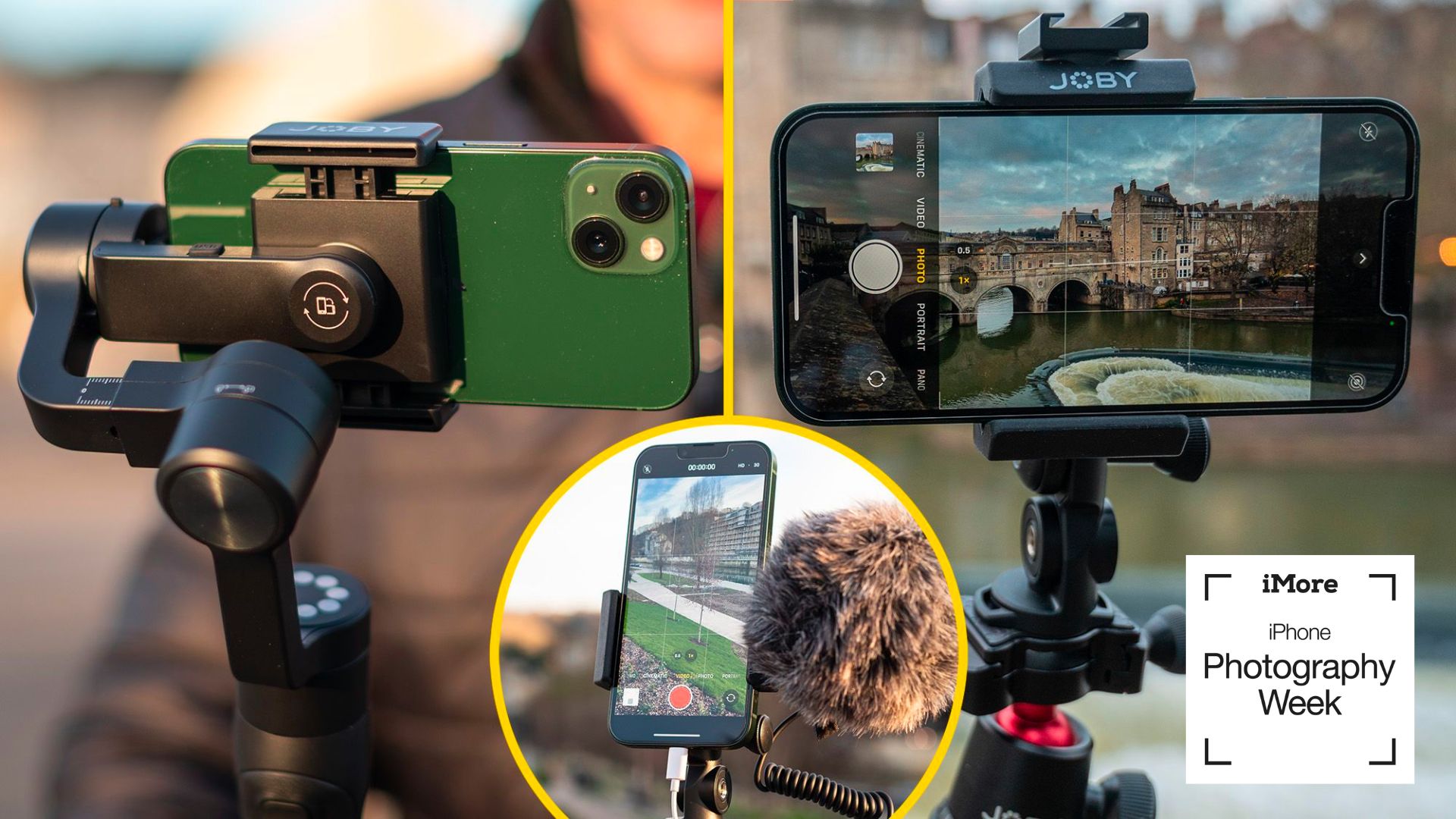
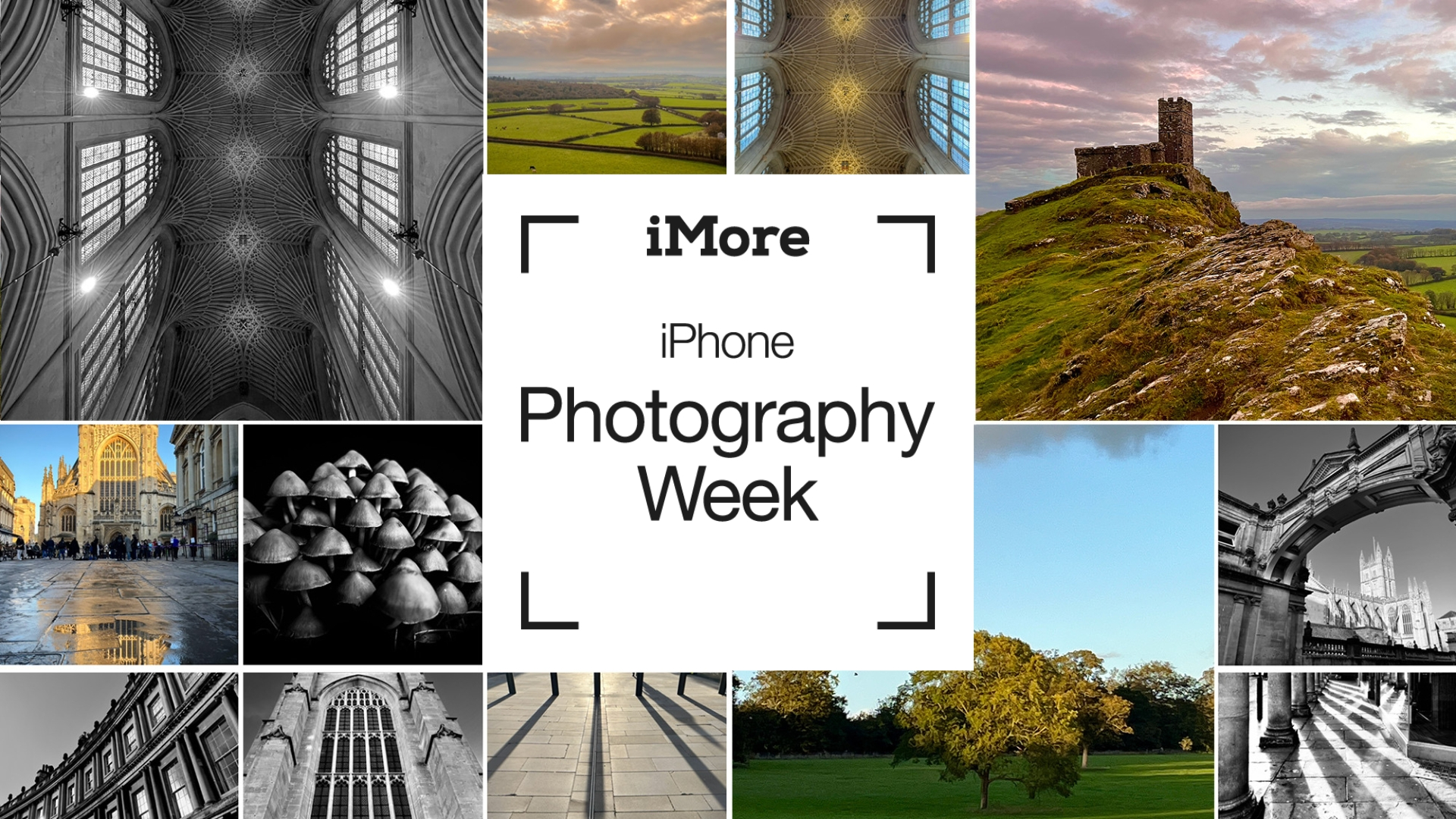
Take better photos with the camera in your pocket. iMore's iPhone Photography Week 2024 is filled with great content that will take your iPhone camera-snapping ability to the next level.
- Check out more iPhone Photography Week 2024
#iMorePhotographyWeek
While the original iPhone revolutionized the smartphone, it’s fair to say that its camera was lacking. But a lot has changed since June 2007, the best iPhones have become image-making powerhouses that can capture high-resolution images and 4K video; conquer challenging low-light conditions; and expand creative options, thanks to multiple camera modules. Some even boast professional features such as Apple ProRaw and ProRes capture, as well as in-body image stabilization.
It’s not surprising then that the iPhone has become the camera of choice for casual photographers and has even been adopted by professional content creators. But while each new iteration increases the versatility of this multimedia multi-tool, there are still a few essential accessories that will help you up your production values and squeeze every ounce of creativity out of your iPhone. Here are my top picks...

I’m Deputy Editor of N-Photo: The Nikon Magazine, but moonlight as iMore’s go-to photography know-it-all. I’ve worked in the photo industry for over six years and have been an avid iPhone photographer since the iPhone 4. I firmly believe that iPhone photography is a great starting point for burgeoning photographers, so I’ve created a series of iPhone photography basics tutorials so you can either firm up your existing iPhone camera skills or embark on a whole new passion.
1. Tripod and tripod mount
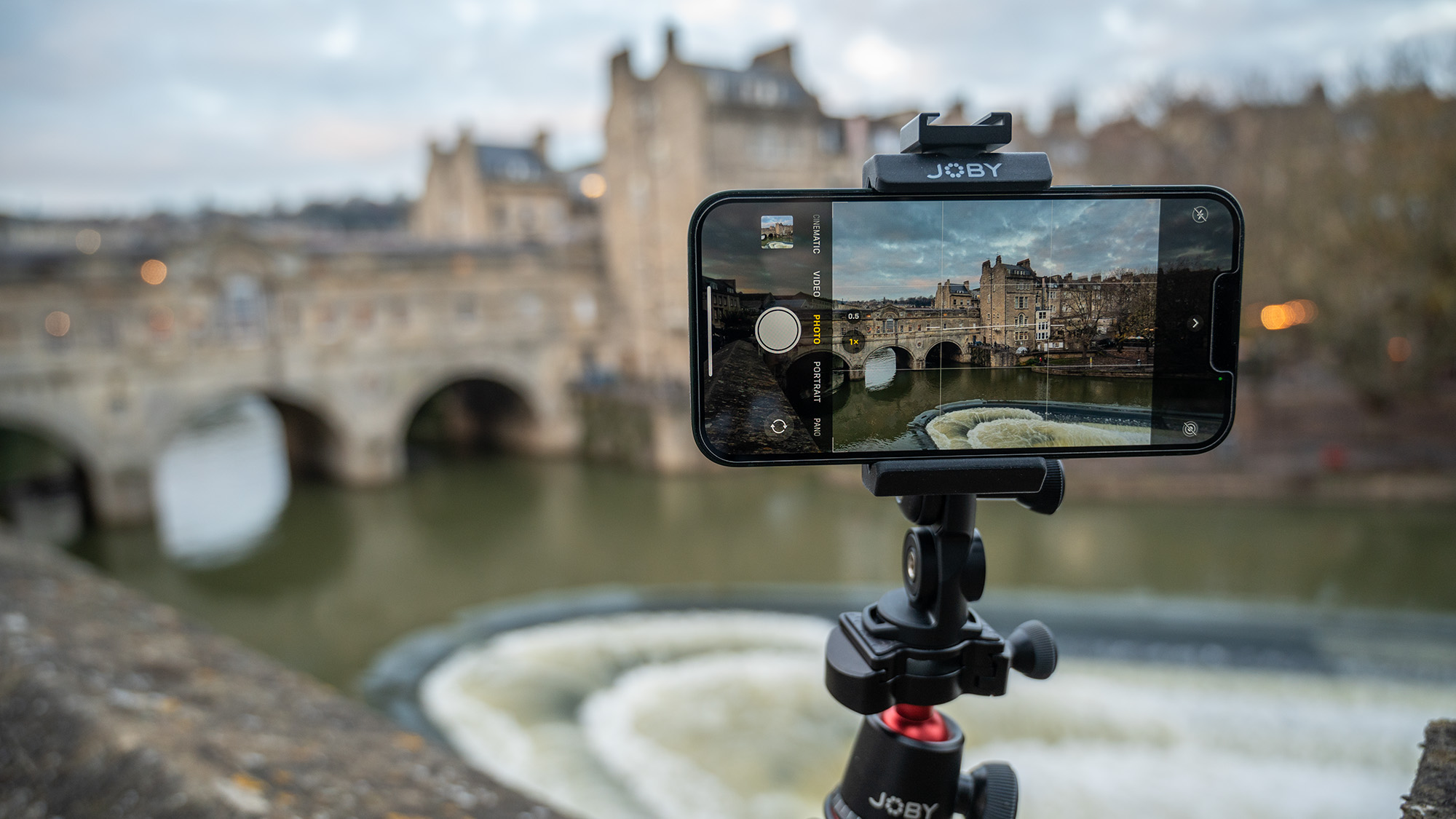
If you’re looking to find that magic accessory that will have an instant impact on the quality of your iPhone photos, then a tripod and tripod mount is as close as you’re going to get. Being able to lock your iPhone on a tripod will allow you to steady your Night Mode images to mitigate camera shake, while enabling you to precisely refine your framing when composing images.
The downside of using a tripod is that it will hamper the portability of your iPhone setup, so it’s best reserved for situations where you have a particular image in mind and you know it’s going to be used.
You can’t just use any tripod though. You need to find either a dedicated iPhone tripod or an iPhone tripod head. Various manufacturers make iPhone-compatible tripod heads such as PopSocket and Joby. Look for a head with a standard tripod thread so it can be attached to most camera tripods. You can also pick up MagSafe tripods and heads, such as the Joby GripTight Mount for MagSafe.
2. Clip-on filters
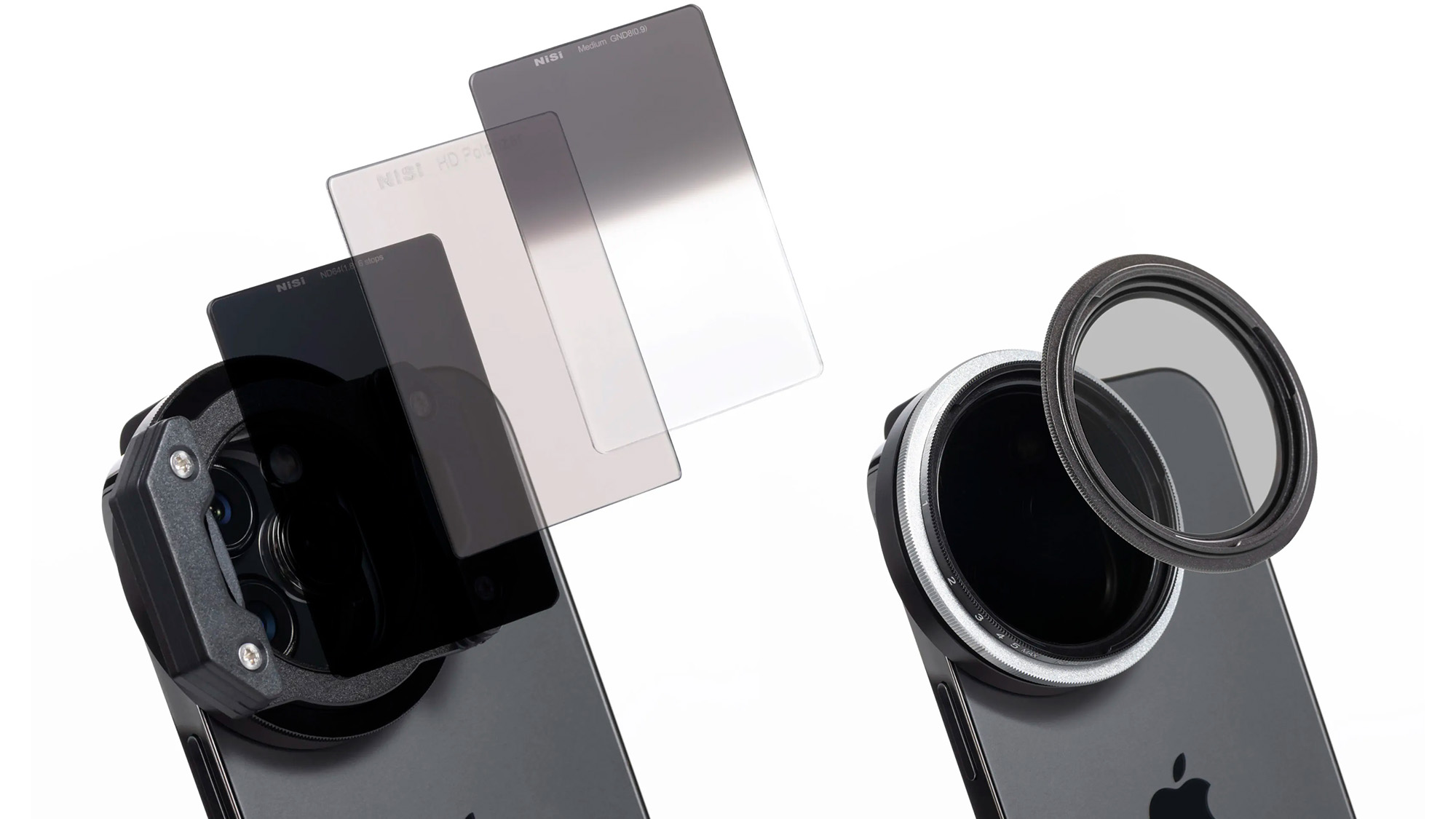
Before the days of social media, the most talked about filters in photography were physical pieces of glass that you placed directly in front of a camera’s lens. And just like today’s digital filters, physical filters are used to alter the look of an image in a variety of ways. The most common filters used by photographers are neutral density filters (ND filters) and polarizing filters.
The former acts like a pair of sunglasses, partially blocking light and forcing the camera to shoot longer exposures – ideal for blurring movement in bright conditions, such as waterfalls. The latter blocks polarized light, which cuts reflections and glare, and adds contrast to blue skies.
iMore offers spot-on advice and guidance from our team of experts, with decades of Apple device experience to lean on. Learn more with iMore!
Nowadays, you can pick up a variety of iPhone-compatible filters, from NDs and polarizers to red filters that add punch to black and white images, mist filters that add an ethereal haze to lighting and more. You’ll find iPhone filters to suit various budgets too. At the more affordable end of the scale, you’ll find sets like the NEEWER 67mm Clip On Filters Kit. And at the more expensive end of the spectrum, you can pick up premium filters from dedicated camera filter manufacturers such as NiSi, like the NiSi IP-A Landscape Kit for iPhone.
3. iPhone camera grip
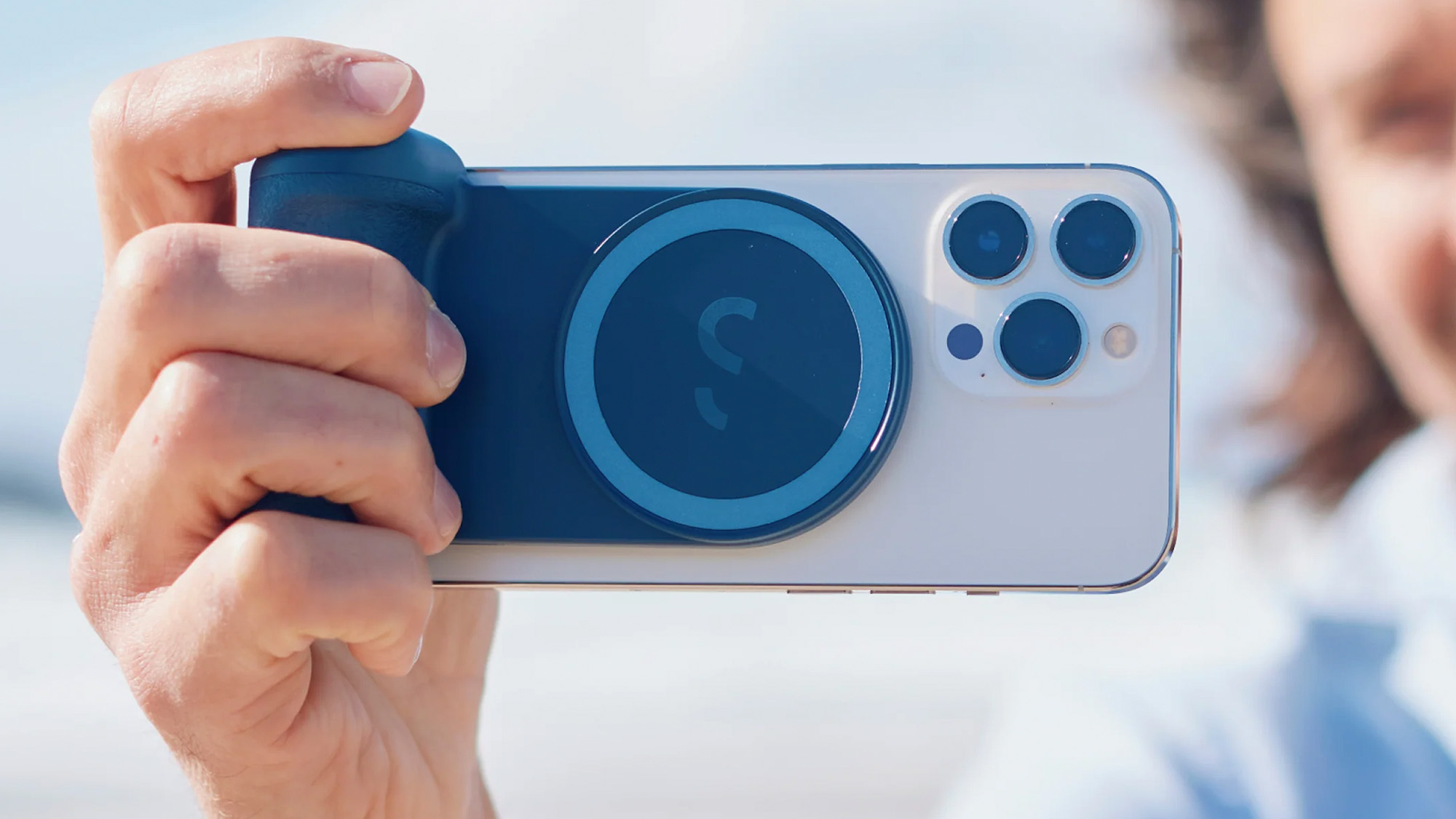
An iPhone camera grip like the ShiftCam SnapGrip isn’t an essential accessory, but could prove very useful if you’re an avid iPhone photographer. The biggest advantages of attaching a grip to your iPhone are that it allows you to hold the device much more securely and with greater comfort. Not only does this mean you’re less likely to drop your phone, but you’re also less likely to experience camera shake – helpful when shooting Night Mode long exposures – because a grip allows you to hold your iPhone in a much more stable position.
Pressing the shutter button is when unwanted movement is most likely to happen, since depressing a volume button or tapping the screen can cause you to move the camera. With a grip, you’re able to firmly hold your camera while resting your finger on a dedicated shutter button, meaning you can fire the shutter in a less intrusive manner.
The ShiftCam SnapGrip is easily attached via MagSafe and your iPhone can be spun into landscape- or portrait-orientation positions so you can continue grasping the grip, while shooting horizontally or vertically. It also doubles as a powerbank and dock, is available in a variety of colors, and can be purchased standalone or with other accessories – including a tripod and ring light – as part of two different Creator Kits.
4. Microfiber cloth or lens wipes
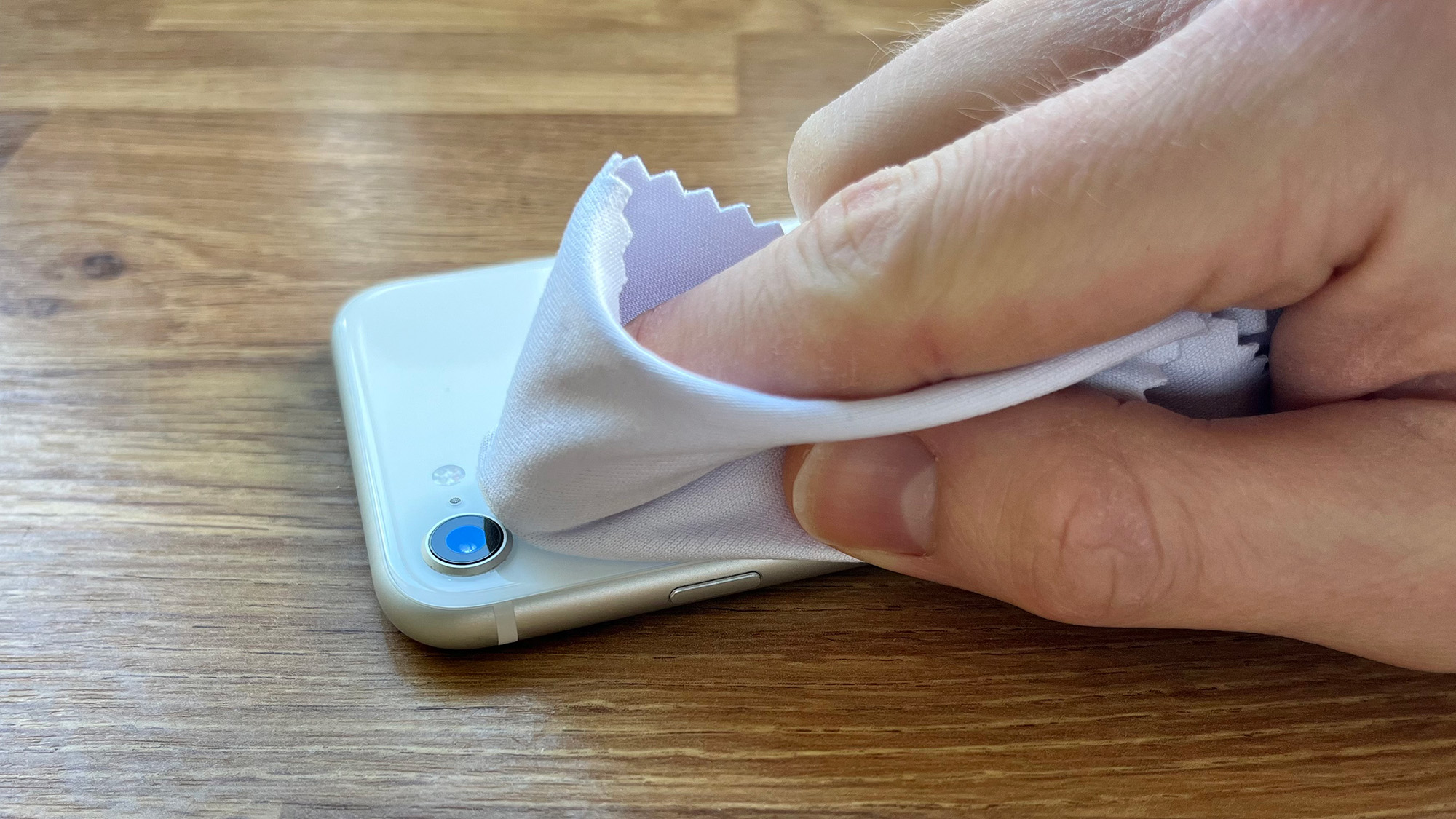
Ever noticed a fuzzy dot or two on your images, patches of blurriness that have nothing to do with your point of focus or an overall haziness? You could have a blob of dirt, an oily fingerprint or a patch of condensation on the front element of one of your iPhone’s camera modules. It’s certainly not uncommon for an iPhone lens to require cleaning, after all, iPhones are constantly shoved in and out of pockets, dropped, rained on and situated near food.
Thankfully, visible specks of dust and dirt in your images aren’t common, since the small size of a camera module's front element provides very little surface area for debris to settle on and ‘dust spots’ are less visible at the very wide apertures used by iPhones. Condensation is really only a problem if you’re quickly moving your iPhone between very warm and very cold temperatures. But easily the most common reason why you’ll need to clean a lens is fingerprints. Ideally, you don’t want to touch your iPhone’s lens elements, but you inevitably will do, often when you’re removing it from your pocket or even holding it while taking a photo.
That’s why I always carry around a microfiber cloth, so I can quickly remove grime at a moment’s notice. If I’m dealing with a particularly stubborn deposit, I personally choose to use ZEISS Lens Wipes, ZEISS being a legendary lens manufacturer. However, as far as I'm aware, these are not endorsed by Apple, so use them at your own discretion. Guidelines for cleaning Apple products can be found via Apple support.
5. Rugged iPhone case
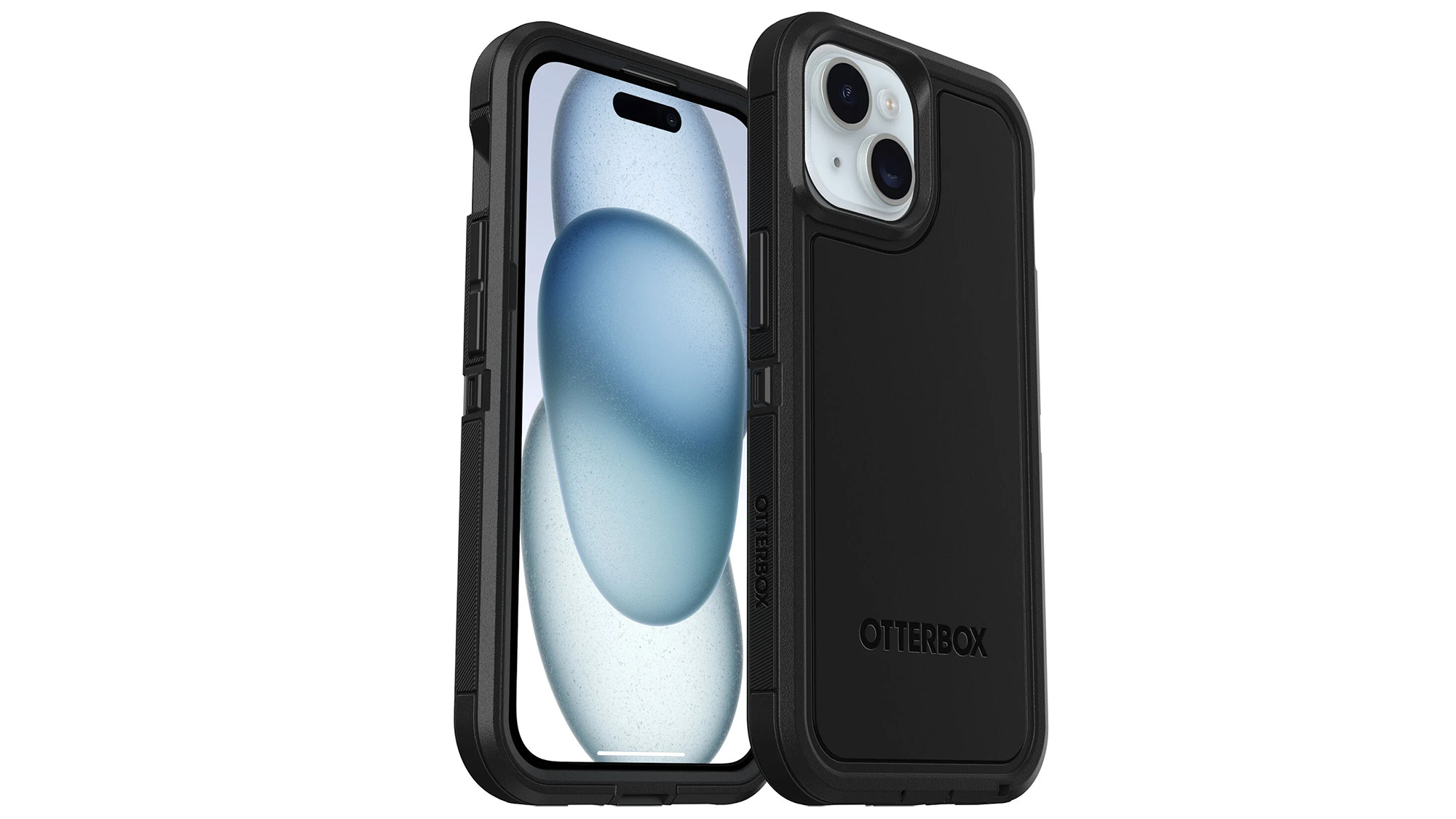
If you’re an iPhone-wielding maverick who parades your ‘naked’ device around in all its aerospace-grade aluminum (or titanium) glory then you do you, but the vast majority of iPhone users seek to safeguard their precious investment with a case. However, if you find yourself increasingly using your iPhone for photography, then it might be worth investing in something a little more robust. The best rugged cases are a good shout, with brands such as Otterbox and Mous providing durable cases to help mitigate damage.
If you’re not likely to be trudging through muddy fields and scrambling across rocks to capture incredible landscapes, you could always plump for a slightly ironic iPhone case, which transforms your iPhone into a retro-looking camera. The Yatchen Emily in Paris Phone Case looks like a vintage SLR and even includes a couple of buttons that sit on top of the volume dials to mimic a shutter button. Okay, so this one’s a little tongue in cheek, but if you want to look like an avid street photographer or are a superfan of Netflix rom-com Emily in Paris and fancy a phone case just like the series’ titular character, then this one might be for you.
6. Smartphone gimbal
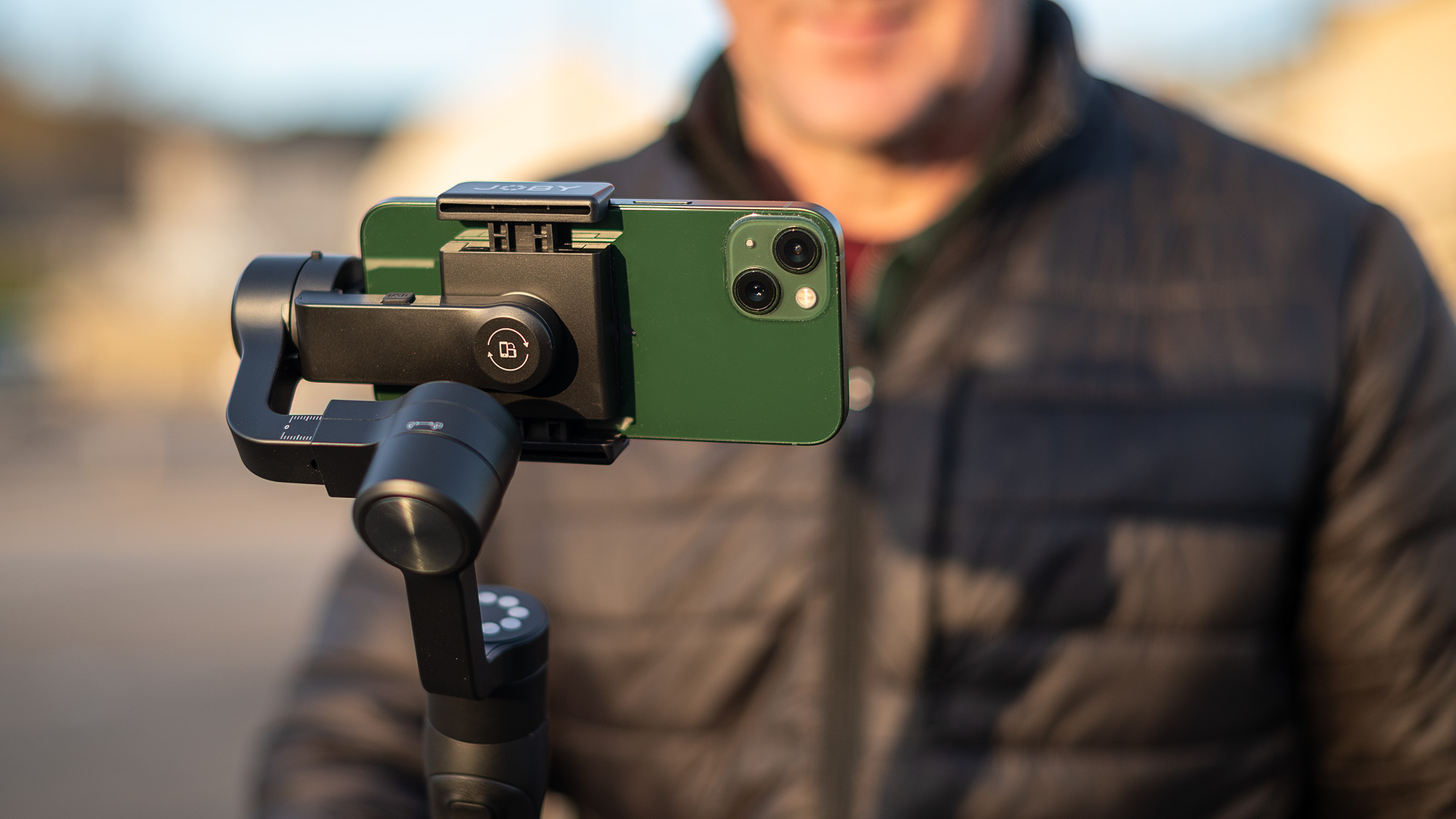
Gimbals are used by videographers to stabilize handheld footage. They feature multiple rotating axes to keep the camera on an even keel, even as the camera operator moves around. You might be thinking that your iPhone already features in-built image stabilization and you’d be right. All currently supported iPhones have some form of optical image stabilization [OIS].
Apple’s standard OIS moves the lens to help stabilize footage, while later models added sensor-shift optical image stabilization (debuted on the iPhone 12 Pro Max) which moves the sensor instead. The iPhone 15 Pro Max takes things a step further with 3D sensor‑shift optical image stabilization in its 5x Telephoto lens.
But while the latest iPhone’s boast very impressive image stabilization, there are a couple of reasons why using a gimbal will provide you with better results. Firstly, iPhone lenses are not built equally. For example, even in the case of the iPhone 15 Pro Max, the Main camera system boasts Apple’s second-gen sensor-shift tech, but the Ultra Wide lens doesn’t have any form of OIS. If you’re using a gimbal, you’ll be able to stabilize it anyway.
Secondly, while iPhone 14 and 15 users can take advantage of Apple’s Enhanced Stabilization for video, a gimbal will provide better quality footage. You see, unlike OIS, which works by physically shifting the sensor or lens to compensate for movement, Enhanced Stabilization is purely digital. It crops into the sensor to create a border of footage, so the frame can be shifted, digitally. The downside of this is that you lose pixels by cropping into the footage, so for the best quality and smoothest video, gimbals reign supreme.
Finally, gimbals tend to be jam-packed with additional features. I use a Joby Smart Stabilizer, which features a joystick to smoothly pan and tilt the iPhone, an app that enables face and object tracking and even an extendable handle, useful for vlogging. Another great iPhone-compatible gimbal is the DJI Osmo Mobile 6.
7. External microphone
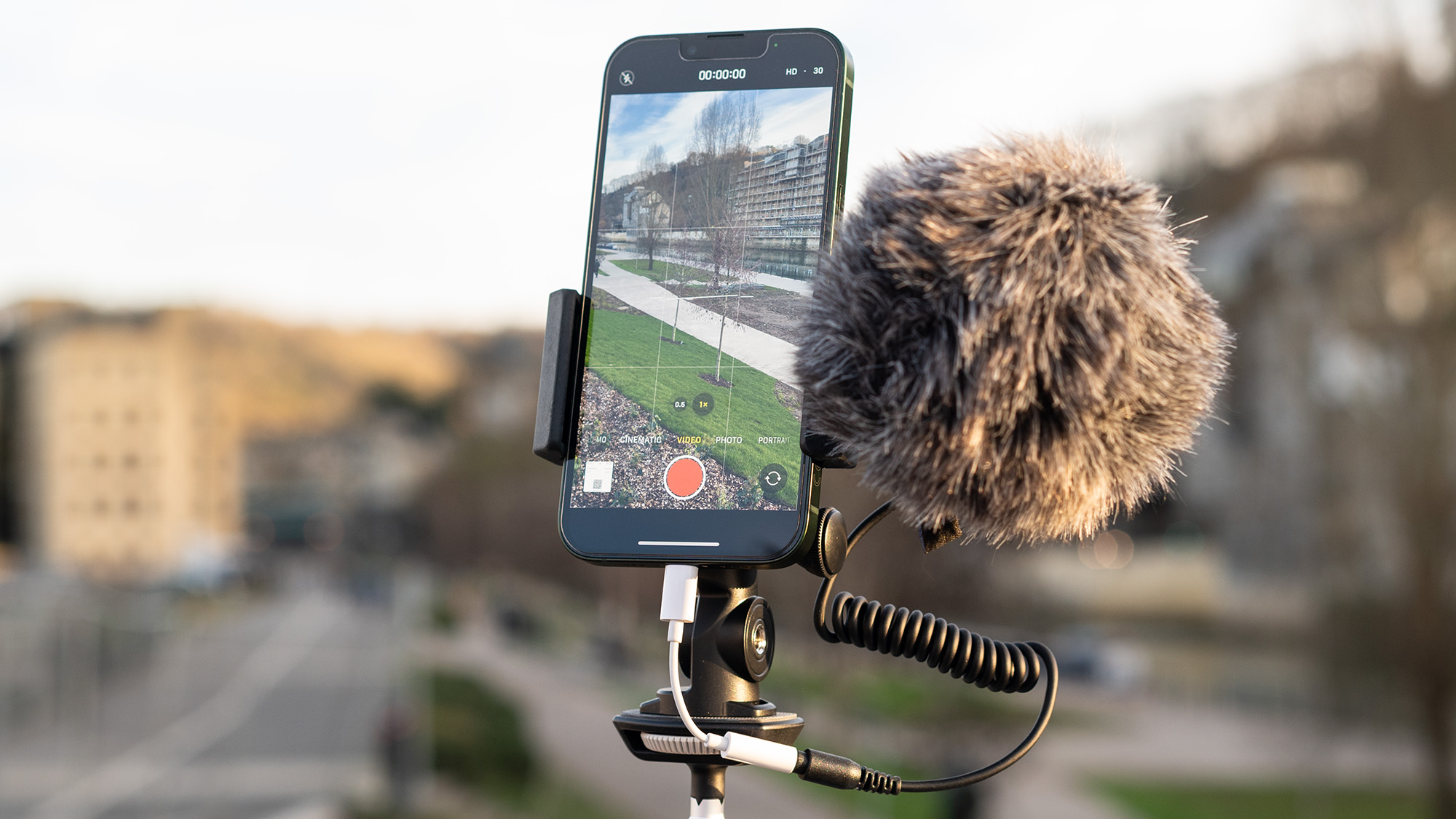
If you’re trying to create more professional videos, focusing all of your efforts on capturing better looking footage will only get you so far. Audio has a huge impact on the overall production value of a video. It’s no good having stunning-looking footage, with audio that’s muffled, or dogged with popping sounds thanks to the battering wind.
What microphone you choose will depend on the type of audio you’re trying to capture and you’ll find a huge variety of iPhone-compatible mics available. If you’re a vlogger, a lavalier mic such as the MAYBESTA Professional Wireless Lavalier Lapel Microphone would be a good investment. These tiny microphones clip onto clothing, so you can capture great-quality audio, while keeping your hands free.
If you only ever shoot voiceover [VO], then a standalone condenser mic like the Shure MV5 Digital Condenser Microphone would be a good choice. Condenser microphones come in cardioid and omnidirectional flavors. The former is best – unless you’re working in a soundproof room – as it will pick up sound from a single direction, meaning you’re less likely to introduce unwanted, ambient noises.
And finally, for a versatile microphone that can be used to record distant or multiple sounds, a piece to camera and even VO, you may wish to consider a shotgun microphone. These microphones are typically attached to the camera via a rig, grip or tripod head, but can also be positioned off-camera on a boom arm or stand. However, a tiny example that will perch right atop your iPhone is the RØDE Microphones VideoMic Me-L Microphone. Shotgun microphones can be fitted with windshields to prevent popping and are highly directional, meaning they have to be pointed towards the audio source.
8. Waterproof housing
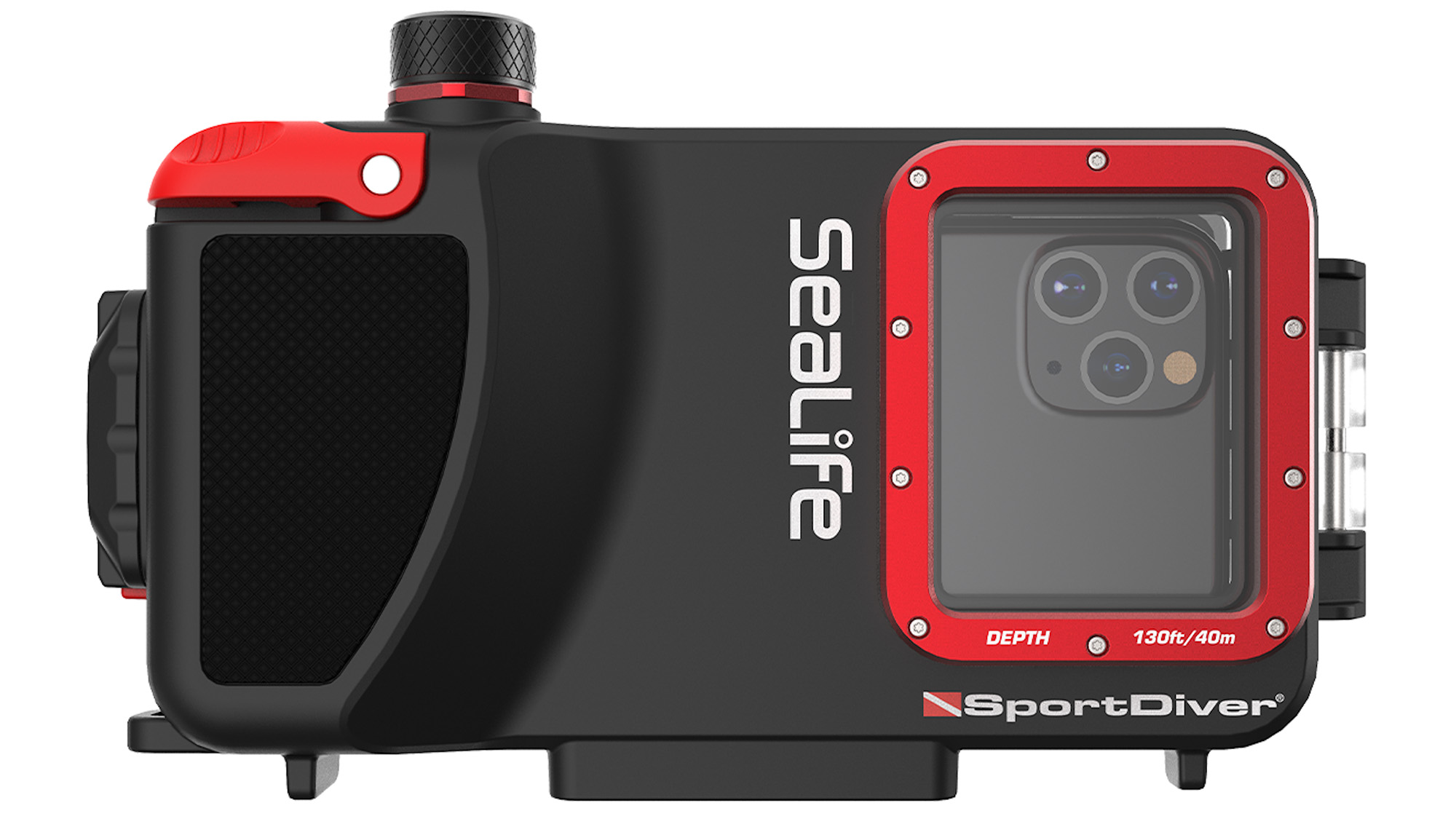
You might already assume that your iPhone is waterproof. After all, the iPhone 12 and later models have an IP68 water-resistance rating, with a “maximum depth of 6 metres up to 30 minutes,” according to Apple Support. Heck, while depths and times vary, you can go back even farther – the iPhone XS has an IP68 rating and even the iPhone 7 has an IP67 rating according to IEC standards.
But you should never knowingly submerge your iPhone in water. If it gets water damaged, it won’t be covered under warranty. Water resistance ratings should only be considered as a failsafe, should your iPhone accidentally take a tumble into the washing-up bowl. Hopefully, it’ll be fine… But it’s important to note that water resistance degrades over time, something Apple makes very clear.
So, if you want to use your iPhone to indulge in a spot of underwater photography during that once-in-a-lifetime snorkeling trip, an underwater housing is essential. Products range from waterproof pouches that can be picked up for pittance on Amazon to hundreds-of-dollars housings that are designed to accommodate more adventurous underwater adventures, such as the SeaLife SportDiver Underwater Smartphone Housing, which features dual leak alarms, large tactile controls and an underwater color-correction filter.
Submerging any camera carries an inherent risk. Underwater housings can flood due to a fault or human error, so make sure you factor that in before merrily trotting into the sea with your brand new iPhone 15 Pro Max. Then again, you could drop your precious iPhone into a pond or off a high vantage point anyway, so use your own discretion to work out whether a spot of underwater photography is for you. A good tip for the cautious iPhone owner is to give last year’s device a new lease of life as an underwater camera.
This feature is part of iPhone Photography Week 2024. Expect new posts to appear daily, focused on making your photos shot with iPhone better than ever before.
Share your photos with iMore on X (Twitter) using #iMorePhotographyWeek

Mike Harris is Deputy Editor for N-Photo: The Nikon Magazine, and brings with him over 10 years experience writing both freelance and for some of the biggest specialist publications. Prior to joining N-Photo Mike was the production editor for the content marketing team of Wex Photo Video, the UK’s largest online specialist photographic retailer, where he sharpened his skills in both the stills and videography spheres.
While he’s an avid motorsport photographer, his skills extend to every genre of photography – making him one of Digital Camera World’s top tutors for techniques on cameras, lenses, tripods, filters and other imaging equipment, as well as sharing his expertise on shooting everything from portraits and landscapes to abstracts and architecture to wildlife and, yes, fast things going around race tracks.
